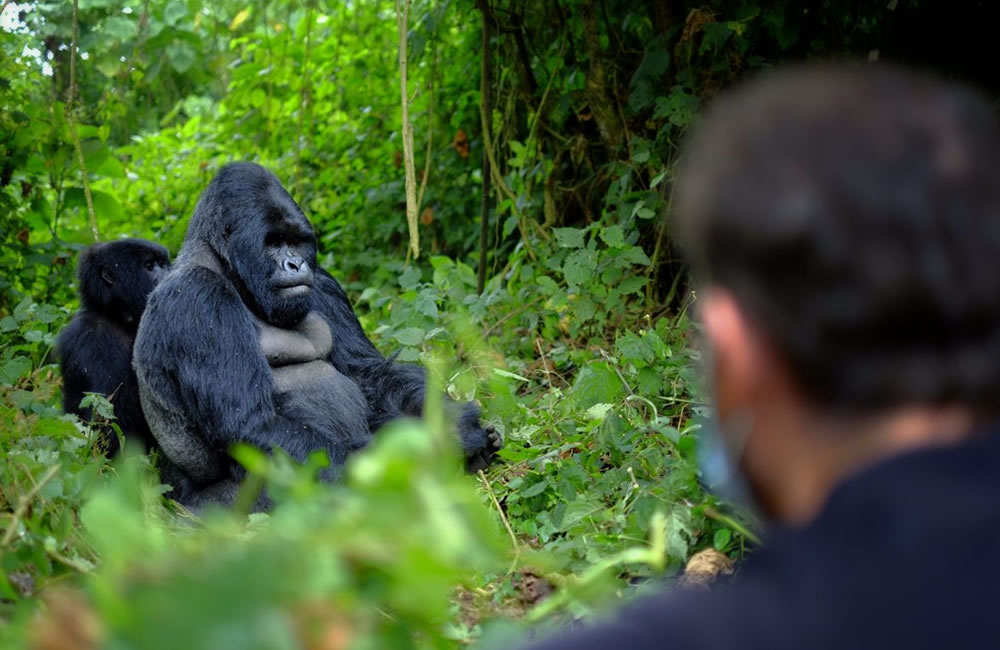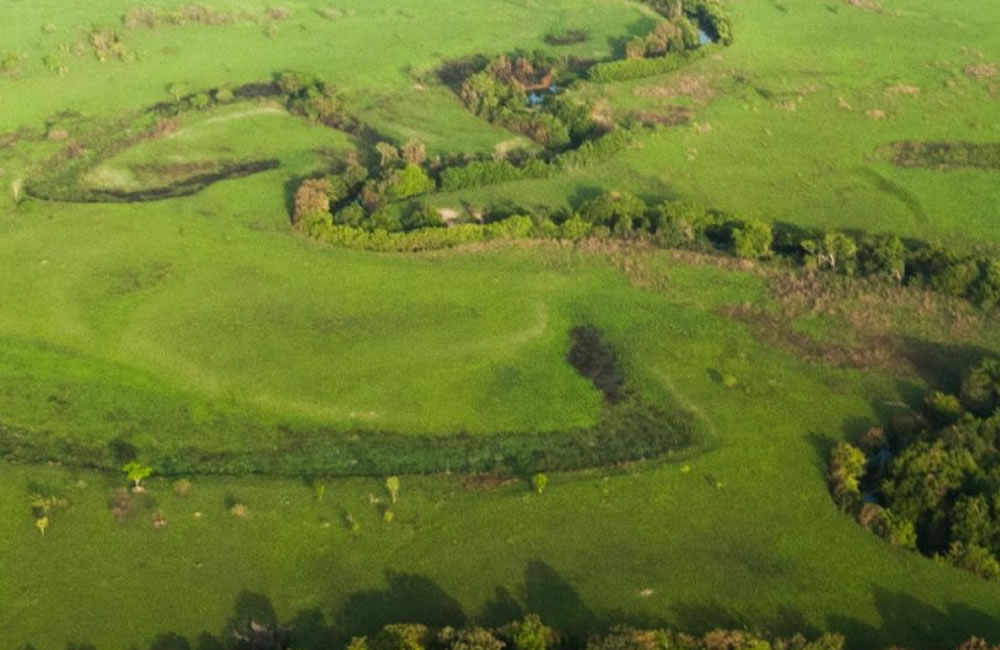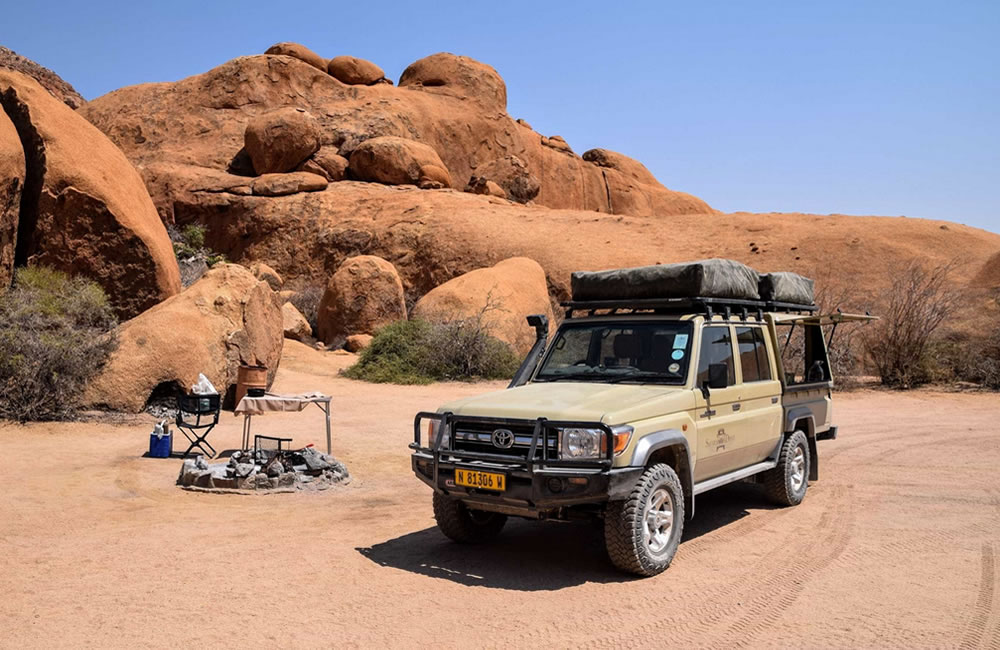Experiences
Articles
Namibia Self-Drive Safari (Desert Adventures and Wildlife)
Namibia stands out as an exceptional destination for a self-drive safari, characterized by its awe-inspiring landscapes, distinctive wildlife, and expansive open roads. The country boasts well-maintained highways, remarkable desert vistas, and extraordinary national parks, making it an ideal choice for travellers seeking to explore...
5
min.

5 Safe Safari Activities to do in Africa
Africa offers a range of safe safari activities that allow travellers to experience the country’s wildlife and natural beauty up close and safe adrenaline adventures such as mountain...
4
minutes

A Safari in Murchison Falls National Park
Driving towards the northern side of Uganda via the Luweero triangle is Murchison falls, Uganda’s largest national park covering an area of about 3840...
5
minutes

Chimpanzee Tracking in Nyungwe Forest of Rwanda
Nyungwe National Park is largest in Rwanda with a variety of primates. One of the oldest rain forests in Africa, Nyungwe is rich in...
2
minutes

Chinko Wildlife Experiences in Central Africa
There is something very exclusively beautiful about the Central African Republic. This region in Central Africa is a land with absolutely no human encroachment...
3
minutes

Enjoy a Magical Encounter with Wildebeest Migration Safari
To put it simply, if you have opted for Migration Safari … you are either going to Tanzania or Kenya. Thus, as you can...
2
minutes
Ultimate Wildlife Encounters in Uganda
If Wildlife is a thing that captures your mind, don’t try to omit Uganda on your bucket list of destinations to see in Africa....
4
minutes
